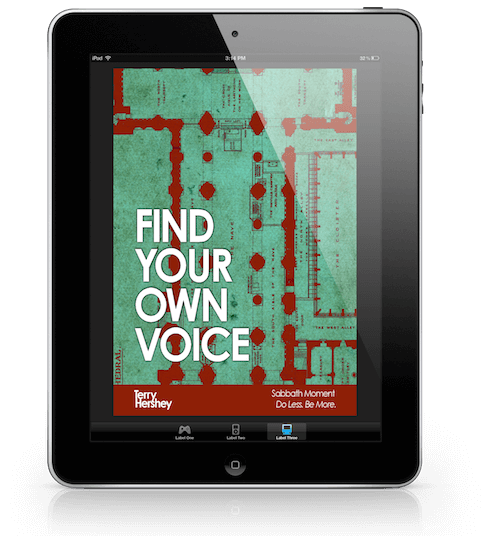

So if the cost is $0.25 per kWh, that 40-watt (0.04 kW) bulb used for 25 hours (1 kWh) costs you a quarter. You're typically charged a few cents per kWh. The kWh is how most home energy costs are calculated. The Wikipedia example: a 40-watt bulb used for 25 hours (40x25 = 1,000 watts = 1 kW) would use 1 kWh (even though it took 25 hours to get there). A device using 100 watts over 10 hours would utilize 1 kWh of energy (because 100x10 = 1,000 = 1kW). What you really need to know: If a device is rated to use 1 kW of power, and if it operates for one hour at that level, it sustains 1kWh of energy. This is confusing, since J/s mentions a time frame (second) but doesn't compare with kWh (which mentions hours, but isn't about time).

The more kilowatts used, the more energy "burned." A kilowatt is 1,000 watts one watt is the same as one Joule per second (J/s). The kilowatt (kW) itself measures power: specifically, how fast something is being used up. While kWh implies a time period of energy usage, it's actually the "equivalent to one kilowatt (1 kW) of power sustained for one hour," according to Wikipedia (Opens in a new window). It's possible that burning up food could power a light (if done exactly right)-that's why there are a lot of ways to measure energy. It's how we know the food we eat provides us with energy, just as electrical power gives lights energy. For example, 172 calories (technically, kilocalories) is about 0.2 kWh. It's similar to a calorie or joule, which are other ways to measure energy. It is about how much fuel is contained within something or how much energy is used over a certain time period. The kilowatt hour (kWh, sometimes styled "kW h" or "kW-h" but never "kW/h") measures energy. For this story, I'll talk mainly about the terms used in the US-specifically, the kilowatt hour. Worse, they'll vary from country to country, because the United States can't ever agree to a standard used by most other locations. When you're looking at your electricity bill, you're bombarded with a lot of terms and abbreviations that seem pretty meaningless. Terms to Know (AKA the Boring Measurement Stuff) But how do you put a stake in the heart of vampire energy?

They cost Americans $19 billion per year as of 2015, according to an NRDC report (Opens in a new window), and we can safely assume things haven't gotten better. Finding those energy vampires can be worth your while. That's right-even when you think something is turned off, it could still be using power, especially when the device is doing updates or talking to the internet. But it takes some work to find all the so-called "vampire energy" being sucked away by devices in standby mode. You can at least contemplate saving some money, though, when you measure exactly how much electricity each device is using. There may not be much you can do about the draw from each item you've got plugged in at home. Today, it's all that and so much more: energy-sucking PCs, charging phones, always-on routers, pool filters, security systems, surveillance cameras, baby monitors, and smart speakers, to name a few. Decades ago, electricity-hungry devices were mainly appliances, lights, the radio, and the TV.
#FIND YOUR COMED VOICEY HOW TO#
How to Set Up Two-Factor Authentication.
#FIND YOUR COMED VOICEY PC#
How to Record the Screen on Your Windows PC or Mac.How to Convert YouTube Videos to MP3 Files.How to Save Money on Your Cell Phone Bill.
#FIND YOUR COMED VOICEY FREE#


 0 kommentar(er)
0 kommentar(er)
